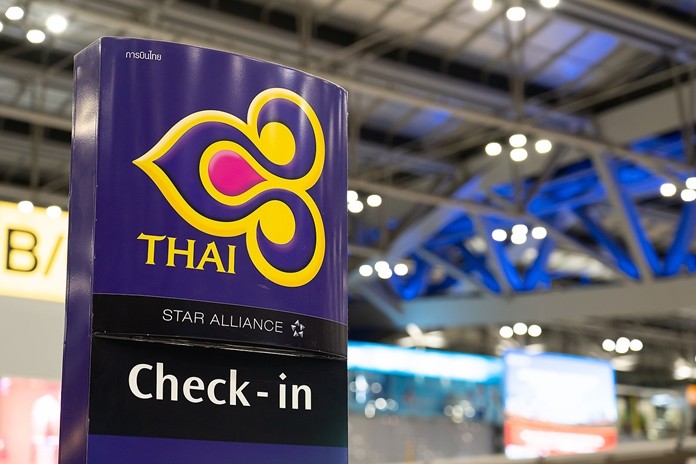
Lately, Thai authorities have made many changes to the overall regulations regarding foreigner-entry by air. Elite card holders appear at last to have got the green light, actual and wannabe retirees can apply for an O/A annual visa and property owners are now sort-of included on the list. Not to mention the possibility in some countries of applying for the 90-270 days Special Tourist Visa (STV) or even a 60 day traditional tourist visa. Of course, every single foreigner seeking a mandatory Certificate of Entry must show voluminous documentation including health checks, medical insurance, air ticket on a repatriation or semi-commercial flight and prior payment for quarantine on arrival.
Please Support Pattaya Mail
The precise situation can vary from country to country. The Thai embassy in London categorically states that the STV and 60 day tourist visas are not available as the UK is not considered a low-risk coronavirus zone. The Washington DC embassy doesn’t state whether the US is regarded as low or high risk, but anyone can guess that. The embassy in South Korea has a detailed description of the paperwork needed for the 60 day tourist visa, although no one is yet known to have entered by this route. The Norwegian, Finnish and Danish embassies all carry positive information about the STV but no mention of the 60 day tourist visa. It all depends where you are.

In other words, any wannabe traveller must peruse carefully the embassy website where he or she is based. The Thai Ministry of Foreign Affairs (MFA) appears to be notifying its worldwide embassies individually about its presumably confidential list of safe and unsafe countries. The Norwegian embassy does tantalizingly state it is currently regarded as low-risk whereas Iceland is medium-risk. Presumably the MFA does not want to publish a definitive list, only to be forced to amend it as the worldwide pandemic news changes day by day.
Compulsory insurance is another topic where unanimity is by no means the order of the day. Some embassies, including London, seem to be requiring a minimum level of US$100,000 (three million baht) for all categories of entry. But Washington at one point in its website mentions hospital inpatient treatment of 400,000 baht and outpatient 40,000 for the ten year “O/X” visa. The Danish embassy also mentions a floor limit of 400,000 baht for the new STV visa. The Thailand Longstay Company website claims that the STV requires both insurances for different illnesses. It’s confusing.
There is an interesting section on the Norway embassy website which states that the US$100,000 insurance is specifically for cover for coronavirus infection and not for other illnesses. It is available for all up to the age of 99 and is said to be acceptable for Bangkok entry purposes. The host company is Thai General Insurance Association and the cost on the website varies from 14,400 to 43,200 baht, subject to the usual exclusions. This claim that the mandatory insurance is for Covid-19 alone runs counter to some other announcements that the policy must be comprehensive but include coronavirus infection. That’s different.
Given the world pandemic, it is probably unavoidable that confusion about immigration matters in any country is inevitable. Thus the UK is publicly changing details in its policy on an almost daily basis as the Foreign and Commonwealth Office freely admits. The best advice for entry to Thailand at the moment is to trust only the appropriate embassy website. Trying to generalize about the situation in all countries is frankly a fool’s errand.
 |
 |
 |





